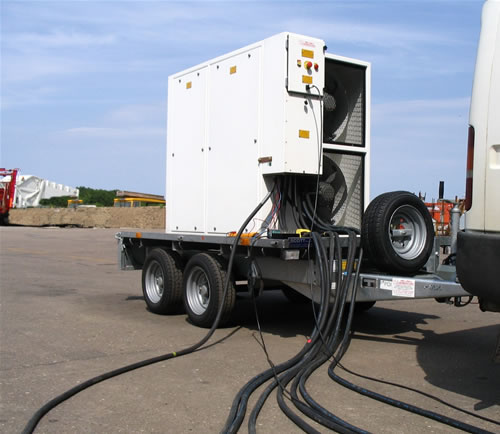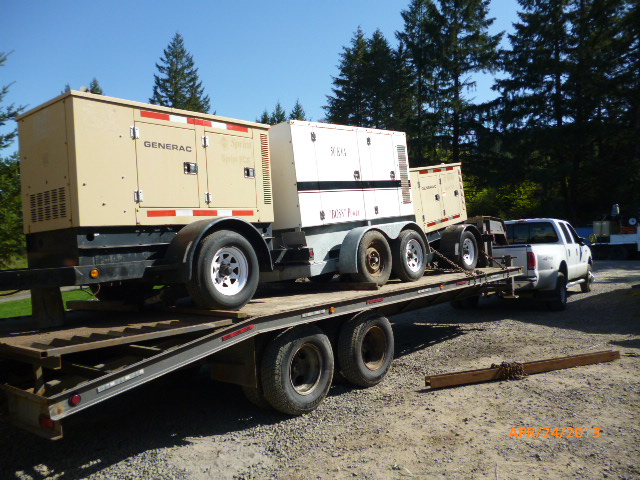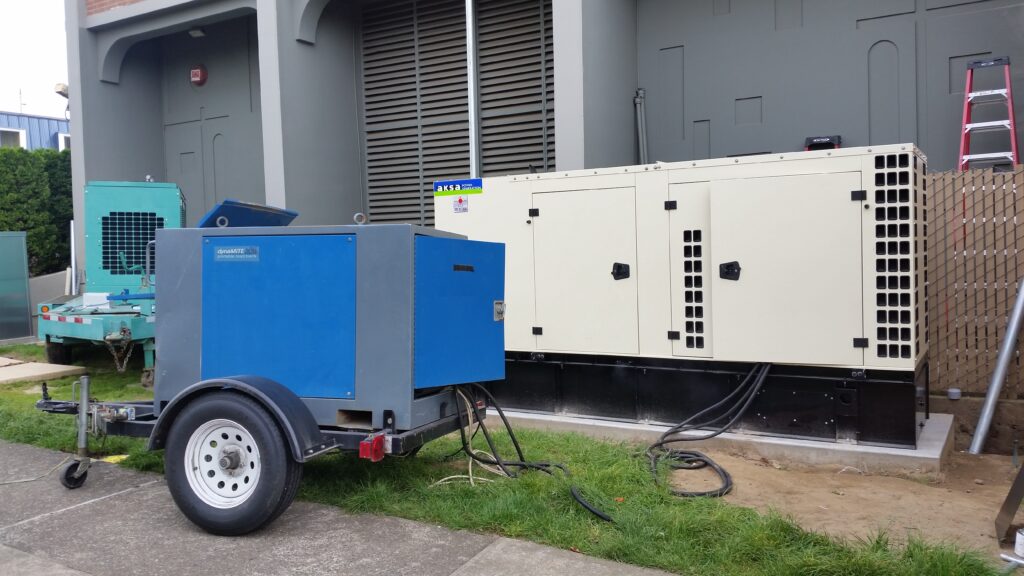Load Bank Testing for Standby Generators in Oregon
Ensure Your Backup Generator is Ready When You Need It
Load bank testing is the best way to verify that your standby generator will perform reliably during a power outage. At Power Systems Plus, we provide professional load bank testing for generators up to 1500 kW to ensure your system runs at full capacity.
Why is Load Bank Testing Important?
✅ Verifies Performance Under Load – Ensures your generator can handle real-world power demands.
✅ Prevents Carbon Buildup & Wet Stacking – Running at full load clears deposits that can cause engine malfunctions.
✅ Complies with NFPA 110 Standards – Required annually for emergency backup systems in hospitals, care facilities, and life-safety centers.
✅ Extends the Life of Your Generator – Regular testing helps prevent costly repairs and breakdowns.
How Often Should You Load Bank Test Your Generator?
- Annually – NFPA 110 requires a yearly load test for emergency power systems.
- Every Three Years – Level 1 emergency systems (hospitals, life-safety facilities) must undergo a four-hour test.
- Recommended: A 90-minute test per year, per unit to keep your generator in top shape.
What Happens During a Load Bank Test?
- Setup & Connection – We connect a resistive load bank to your generator or transfer switch.
- Gradual Load Increases – Load starts at a low level and increases every 15 minutes until full capacity is reached.
- Performance Monitoring – Voltage, frequency, and engine performance are measured at each step.
- Carbon Burn-Off – Reaching full load clears fuel system deposits for better efficiency.
- Detailed Report Provided – You’ll receive a written performance report after the test.
Schedule Your Load Bank Test Today!
Power Systems Plus provides expert generator load bank testing in Oregon for commercial, residential, and industrial backup power systems. Don’t wait until an emergency—ensure your generator is prepared now!
📞 Call Jason B. at (971) 348-5162 to schedule your load test!



